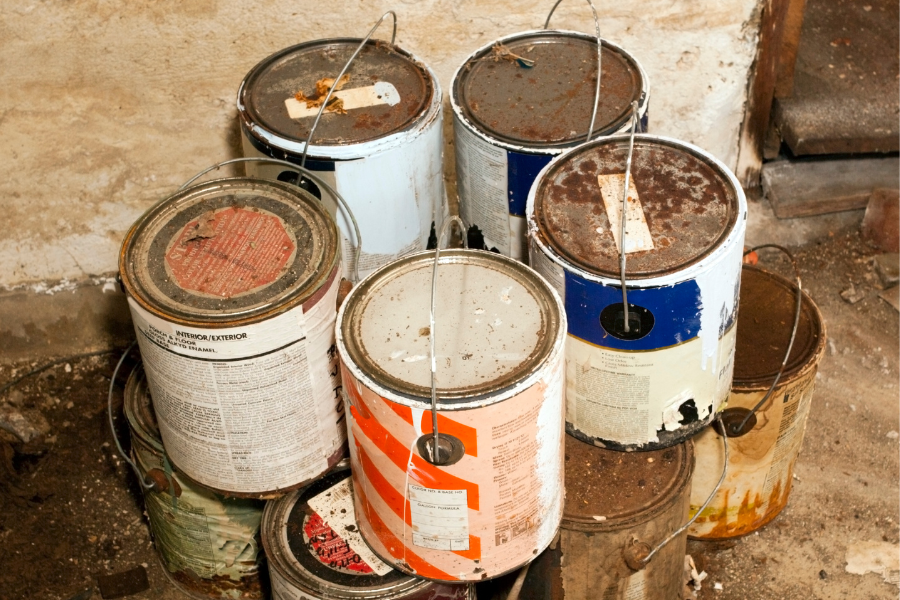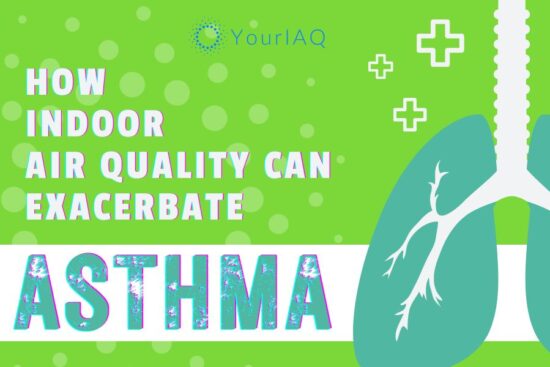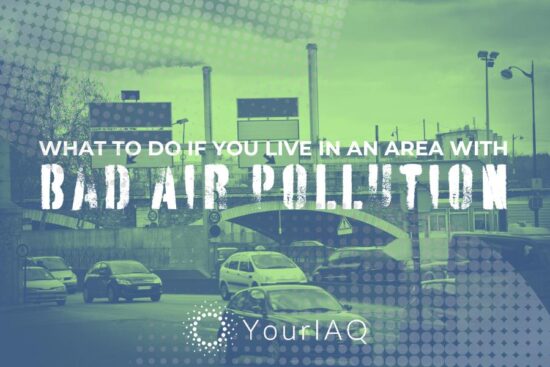
Volatile Organic Compounds, or VOCs, are a collection of contaminants commonly found in your indoor air. They are called “volatile” because they evaporate and become gas at room temperature, releasing potentially harmful chemicals into the air you breathe. But exactly what are VOCs, where do they come from, and most importantly, how can you get rid of them?
What Are VOCs?
VOCs are a broad category of chemicals that includes many different substances. They are found in a wide range of products, including paints and varnishes, cleaning supplies, building materials, and even cosmetics. Some of the most common VOCs include benzene, formaldehyde, and toluene.
These compounds are not inherently dangerous. However, when they evaporate into the air — a process known as “off-gassing” — they contribute to poor indoor air quality and pose health risks. Short-term exposure to high levels of VOCs can cause symptoms such as headaches, dizziness, and irritation of the eyes, nose, and throat. Long-term exposure can lead to more serious health problems, including damage to the liver, kidneys, and central nervous system, and some VOCs have been linked to cancer.
Common VOCs monitored by IAQ
An indoor air quality monitor such as IAQ can detect the presence of a number of VOCs. Here are the most common:
- Ammonia
- Ethanol
- Alcohol
- Methane
- Propane
- Iso-Butane
- Aldehydes
- Ketones
- Organic Acids
- Amines
- Aliphatic Compounds
- Aromatic Hydrocarbons
- Volatile Sulfur Compounds
IAQ can also detect the presence of mold and particulate matter, which are not VOCs but can produce and/or contain VOCs.
Where Do VOCs Come From?
VOCs are ubiquitous in most indoor environments. A wide variety of products and materials can produce them, including:
- Paints, solvents, and varnishes
- Cleaning and disinfecting products
- Building materials and furnishings
- Office equipment such as copiers and printers
- Cosmetics and personal care products
- Air fresheners and scented candles
- Automotive products
- Aerosol sprays
- Pesticides
It’s important to note that VOCs are not just a problem in industrial settings or newly renovated homes. Even everyday activities like cooking, burning candles, or using personal care products can release VOCs into the air.
Read more: 8 Everyday Household Items You Didn’t Know Were Polluting Your Air

How to Reduce Exposure to VOCs
The bad news is it would be very difficult, if not impossible, to completely eliminate VOCs from your indoor air. There are just too many possible sources in everyday modern life. The good news, however, is there are several steps you can take to limit your exposure to VOCs and improve your indoor air quality.
1. Buy low-VOC or VOC-free products:
Many manufacturers now offer low-VOC or VOC-free alternatives to traditional products. These include paints, varnishes, and cleaning products. Look for products labeled as low-VOC or VOC-free.
2. Improve ventilation:
Good ventilation can help to remove VOCs from your indoor air. This can be as simple as opening windows and doors, using fans, or running your air conditioning with the vent open to bring in fresh outdoor air.
3. Store products properly:
Store products that contain VOCs, such as paints and cleaning supplies, in a well-ventilated area, preferably outside the common areas of your living space. Make sure the lids are tightly sealed to prevent off-gassing.
4. Use air purifiers:
Air purifiers with activated carbon filters can help to remove VOCs from your indoor air. However, not all air purifiers are effective at removing VOCs, so it’s important to choose a model that is specifically designed to do so.
5. Limit use of scented products:
Scented products like air fresheners and candles can release VOCs into the air. Consider using unscented products or natural alternatives like essential oils.
6. Regularly maintain and clean your home:
Regular cleaning can help to reduce the accumulation of VOCs in your home. Use a damp cloth to wipe down surfaces and vacuum regularly to remove dust that may contain VOCs.

Monitoring VOC levels
In addition to taking steps to reduce VOCs, it’s also a good idea to monitor the VOC levels in your home. There are now several indoor air quality monitors available that can measure VOC levels along with other air quality parameters like particulate matter, radon, and the presence of mold. These devices provide real-time feedback on your indoor air quality and help you identify potential sources of VOCs.
VOCs are just one aspect of indoor air quality. While it’s important to reduce your exposure to these chemicals, it’s also crucial to consider other factors such as maintaining adequate ventilation, managing humidity, and being aware of potential threats to indoor air quality. By taking a holistic approach to your home’s air, you can create a healthier and more comfortable living environment.






